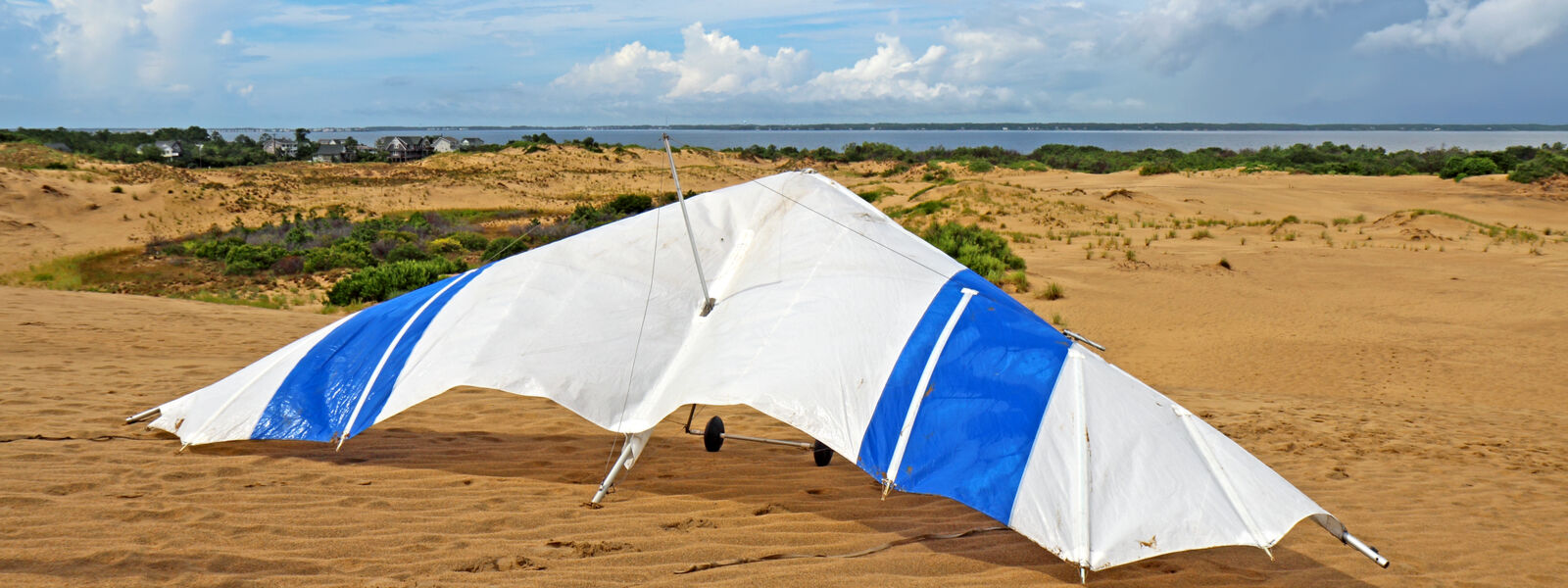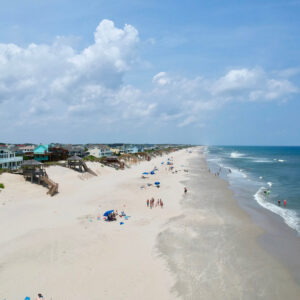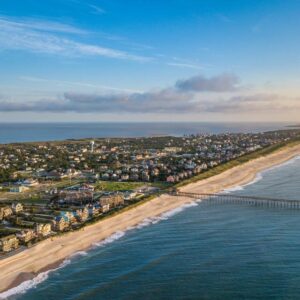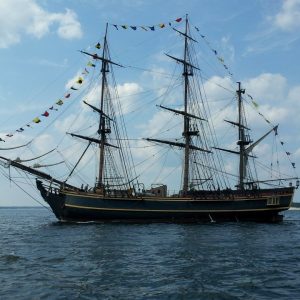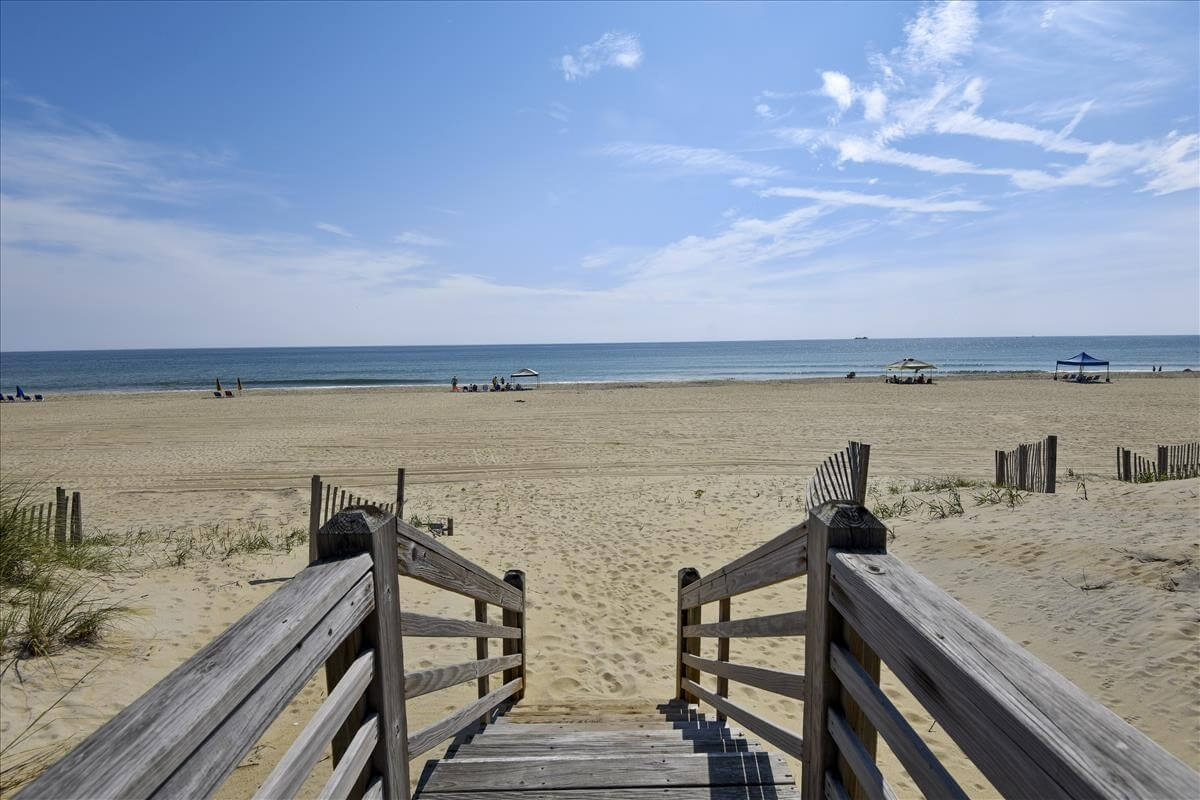The Outer Banks is a prime migration route for hundreds of bird species making the annual trek from north to south and vice-versa. This fact, along with the vast expanses of lightly settled areas and maritime forests, make this section of the North Carolina shore ideal bird watching territory. In this post we will look at some of the prime spots in which to enjoy this fun and fascinating activity. We will also suggest some tips for getting the most from your bird watching expeditions.
In the early 2000s, southern birders joined together to create the North Carolina Birding Trail, which includes recommended for observing winged wildlife across the Tarheel State. The list includes five Outer Banks locations. Here’s a look at each.
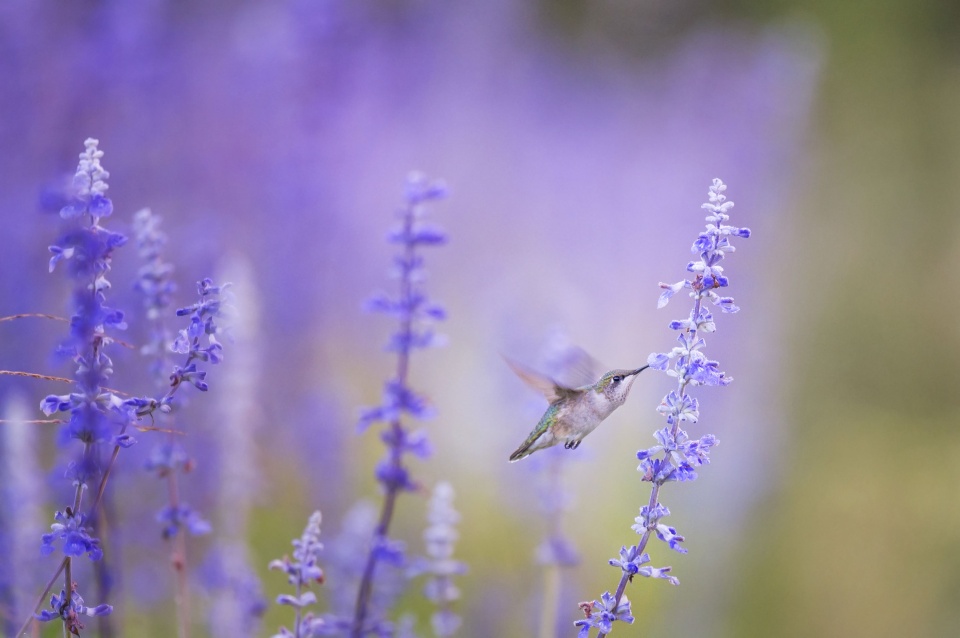
The Elizabethan Gardens
Not only is this 105-acre botanical paradise a perfect destination for flora and fauna lovers, it also provides shelter to more than 175 different species of bird throughout the year. Early spring brings vireos and warblers. Autumn sees the return of these transitory visitors, along with pelicans, diving ducks, loons, and grebes. Many of these birds take advantage of the Outer Banks’s relatively mild winters to stick around through the rest of the year. Woodpeckers, fly catchers, and cuckoos are common sites during the high summer. All of this makes the Elizabethan Gardens one of the best birding spots in the southeastern United States. Directions to The Elizabethan Gardens
Cape Hatteras National Seashore
This is another great spot to see a variety of birds. The abundance of wet, marshy land, all-but-deserted beaches, and maritime forest attracts black skimmers, avocets, and a range of waterfowl. The area around the Bodie Island Lighthouse offers especially rich opportunities, as do the isolated observation platforms along the Sound. Whimbrels, terns, and red knots are common sites in the summer months, with scoters and loons well represented during the cool season. Directions to Cape Hatteras National Seashore
Pea Island National Wildlife Refuge
This 5,000-acre sanctuary provides homes for countless thousands of nature’s creatures, including almost 400 species of migratory birds. Miles of meandering footpaths offer first-hand views of wild animals throughout all seasons of the year. Birders will enjoy watching the antics of black-necks, avocets, swans, geese, and curlews. Even white pelicans are occasionally spotted in late winter or early spring. If you’re only able to visit one birding area during your trip to the Outer Banks, then make it Pea Island National Refuge. Directions to Pea Island National Wildlife Refuge
Roanoke Island Marshlands
Follow North Carolina 345 4.5 miles past the 64/264 interchange and you’ll find a tiny, remote parking spot that leads to a birding paradise. Depending on the season, you can watch abundant groups of osprey, ibis, mallard, swan, and pin tail varieties in and around the 40 acre marsh. A short nature trail encircles the area and offers prime viewing. Directions to Roanoke Island Marshes
The gargantuan sand dunes in this area create a unique local climate that draws flocks of transitory songbirds in the second half of the year when temperatures turns cooler. But anytime is a good time to spot oyster catchers and other waterfowl, although winter offers the best opportunities. The absence of human beings enables all types of wildlife to let down their guard just a bit, allowing careful observers to see them behaving as they would if humanity didn’t exist. Directions to Jockey’s Ridge State Park
Birding Tips
If your new to bird watching, then you may want to let an experienced birder take you under her wing for your debut trip. If not, then you can still have a rewarding time by observing the following tips:
- Remember the weather can change quickly. It’s a good idea to always have rain gear, a jacket, a wide-brimmed hat, sunglasses, and sturdy boots or hiking shoes on hand.
- Some of the areas described in this post are fairly remote. Before you venture into them, make sure you fill your gas tank and bring extra food, clothing, medicines, sunscreen, lip balm, and other basic supplies with you. A day pack or shoulder bag makes carrying these essentials easier.
- Consult a field manual that will familiarize you with the species you’re likely to encounter along the Outer Banks. If possible, bring the book with you for quick reference, along with a good pair of lightweight binoculars.
After a wonderful day spent observing Mother Nature, there’s nothing like a warm, welcoming vacation home to cradle you in comfort as you unwind and reflect on your adventures. That’s where we come into the picture. Browse the properties here on our site and make your reservations today for best selection.
Read more on our blog about the activities available on the Outer Banks!



